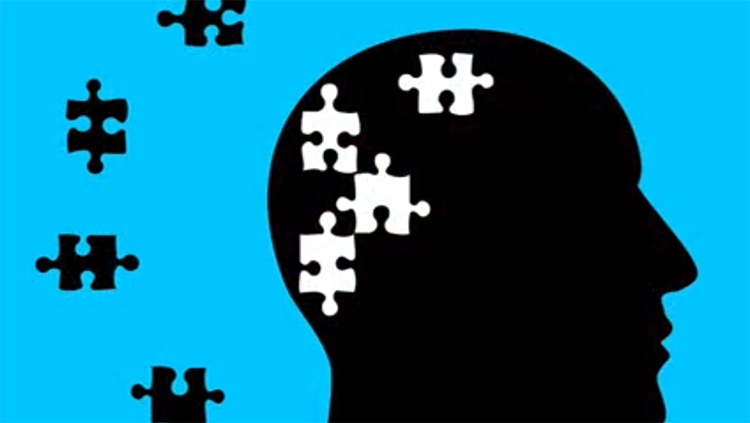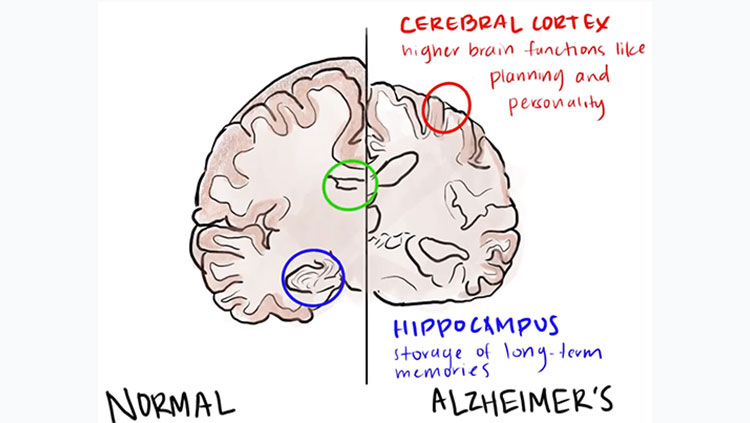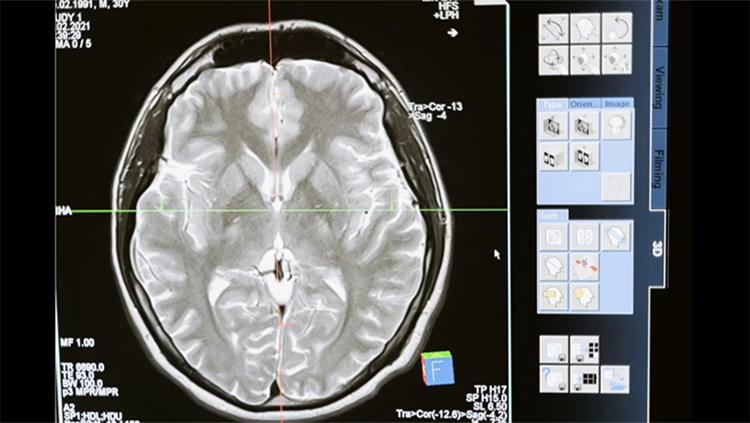Parkinson’s Disease Treatment Breakthroughs—and the Need for More Research
- Published1 Apr 2012
- Reviewed1 Apr 2012
- Source BrainFacts/SfN
The discovery in the late 1950s that the level of dopamine was decreased in the brains of Parkinson’s patients was followed in the 1960s by successful treatment with the drug levodopa, which is converted to dopamine in the brain. This historical event is one of the greatest medical breakthroughs in the field of neurology.
Since the discovery of levodopa, other drugs have been developed to either boost the effect of dopamine, by inhibiting its breakdown, or extend the length of dopamine-like effects, through their ability to bind and act on similar brain regions for longer periods of time. For example, a drug called carbidopa is often combined with levodopa; the combination is effective in that it reduces the breakdown of levodopa in the bloodstream, allowing greater levels of dopamine to reach the brain. It also reduces side effects, such as nausea.
Although dopamine replacement therapy is very effective in alleviating many of the motor symptoms of Parkinson’s, there still remains a critical need to find better treatments. For one thing, dopamine replacement therapy neither cures the disease nor slows its progression. In addition, dopamine replacement is not optimal for treating non-motor aspects of the disease, such as anxiety and sleep issues. What’s more, this treatment becomes less effective over time in helping with gait and balance problems.
Because many unanswered questions remain in our understanding of Parkinson’s, more medical research is greatly needed. Using animal models is an effective way to learn more about the disease and to identify new and better treatments and potential cures. Rodent and nonhuman primate models are among the many valuable animal models used to investigate important, specific questions about the disorder.
One common rodent and nonhuman primate model uses the neurotoxin MPTP (1-methyl-4-phenyl-1, 2, 3, 6 tetrahydropyridine). MPTP was first discovered in the late 1970s, when it was accidentally synthesized by designers of illicit drugs looking for ways to produce a heroin-like compound. The drug addicts who self-injected the MPTP-contaminated preparations developed a neurological condition that was indistinguishable from Parkinson’s. Researchers soon found that MPTP is converted in the brain to a substance that destroys dopamine neurons. This finding led to using MPTP as a tool for medical studies.
Over the past several decades, scientists have shown that in primate models of Parkinson’s, there are specific regions in the basal ganglia, the group of cellular structures deep in the brain, that are abnormally overactive. Most important, they found that surgical deactivation or destruction of these overactive structures — the pallidum and subthalamic nucleus — can greatly reduce symptoms of Parkinson’s disease.
The past decade has witnessed a resurgence in this surgical procedure, called pallidotomy. More recently, chronic deep-brain stimulation has been used. These techniques are highly successful for treating patients who have experienced significant worsening of symptoms and are troubled by the development of drug-related involuntary movements.
Also on the horizon are attempts to treat Parkinson’s patients whose disease is progressing rapidly with surgical implantation of cells, such as fetal cells, capable of producing dopamine. Replacement therapy with stem cells is being explored as well. In addition, gene transfer of trophic factors has been studied in animal models and is being tested in clinical trials. Clinical trials also are testing the hypothesis that gene therapy can provide symptomatic or neuroprotective benefit to patients with Parkinson’s. While there is clearly much work to do, neuroscience research focusing on Parkinson’s is moving forward by exploring many avenues simultaneously. The hope is to find better treatments — and eventually, perhaps, a cure.
CONTENT PROVIDED BY
BrainFacts/SfN
Also In Neurodegenerative Disorders
Trending
Popular articles on BrainFacts.org


.jpg)














